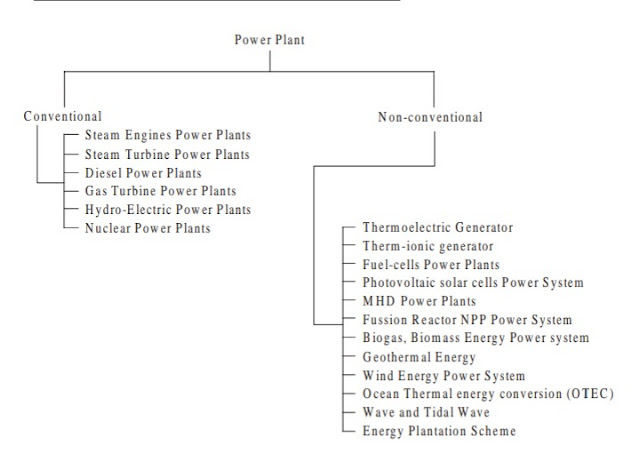INTRODUCTION:
The whole world is in the throes of an energy crisis and pollution is manifesting itself in recurring costs of energy and is unsettled by increased pollution as well as depletion of conventional energy resources and increasing curves of pollution factors. One way to meet these challenges is to examine the growing energy demand but it will show economic growth as the first step and develop a non-polluting energy conversion system as the second step. It is generally accepted that increasing per capita energy consumption increases quality of life. Increased conservation measures should be considered when considering energy needs and supply. On industrial fonts, growth should be emphasized by a constant effort to reduce energy consumption. Fundamental changes in processes, products and services can have significant energy savings without affecting the economy as a whole. Needless to say, the commercial and industrial use of household energy has significant potential for energy savings. The development of R-134A, (a non-polluting refrigerant) to describe the evolution of environmental management, has shaped the effort to understand the integrated relationship between the environment and energy. The Government of India has formulated a policy that “Careful use of renewable (i.e., non-perishable) resources of sustainable soil water, plants and animals is essential for our economic development.” Soil incense, salutations, floods and rapid destruction of forest, flowers and wildlife resources. The depletion of these resources is often irreversible because the majority of our population is dependent on these natural resources.
CONCEPT OF POWER PLANT:
A power plant is an assembly of systems or subsystems for power generation, meaning the economy and the electricity it needs. The power plant itself should be economical and environmentally friendly. The current book is based on traditional as well as unconventional energy generation. In the context of conventional energy systems, stress is on energy efficient systems, for example, increasing system conversion efficiency is the top goal, developing, designing, and producing unconventional power generation systems in the next few decades after 2050 AD that are favorable. Considering the pollution law, society as well as viable energy conversion is not conducive to efficiency and pollution. As a modern power plant for 21st century power generation, this can be said as a whole. The meaning of the word modern is related to time. Currently, the first goal of the energy crisis is to save energy for the future, while the second step is to develop alternative energy systems with direct energy conversion tools, remembering the phrase devotion, dedication and determination, “until we move forward once again”.
CLASSIFICATION OF POWER PLANTS:
A power plant can be defined as an assembly of a machine or equipment that generates and distributes a stream of mechanical or electrical energy. The main equipment for power generation is generators. When it connects to the prime mover, the generator runs, generating electricity. Type of power plants is determine by the type of prime move.
- Steam power plant
- Diesel power plant
- Gas turbine power plant
- Nuclear power plant
- Hydro electric power plant
